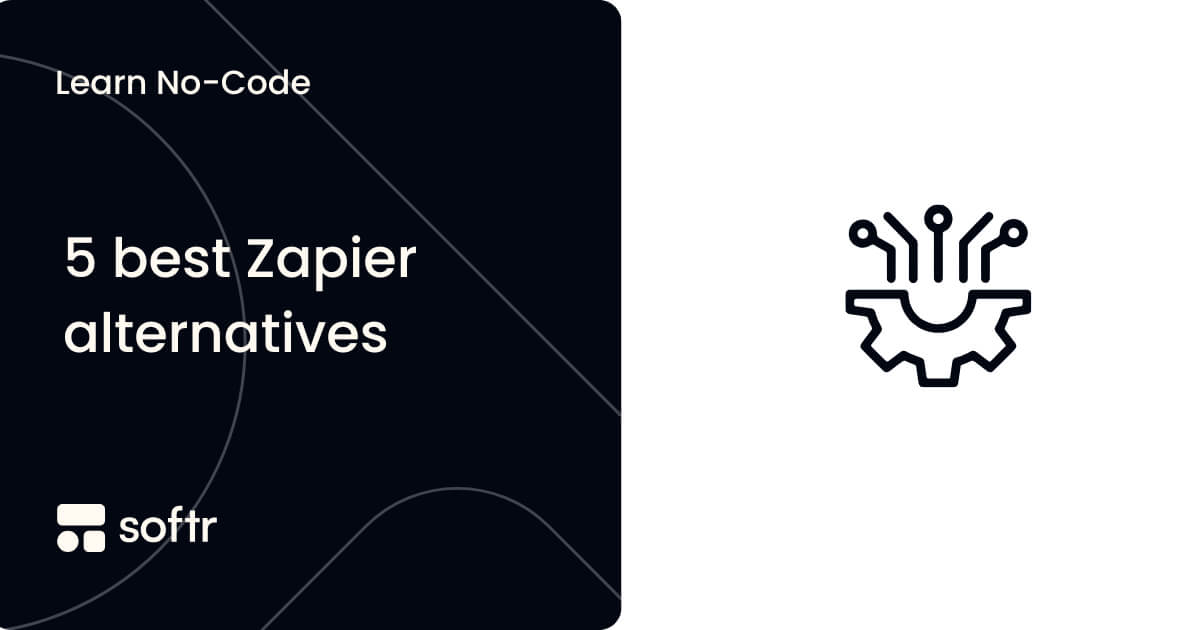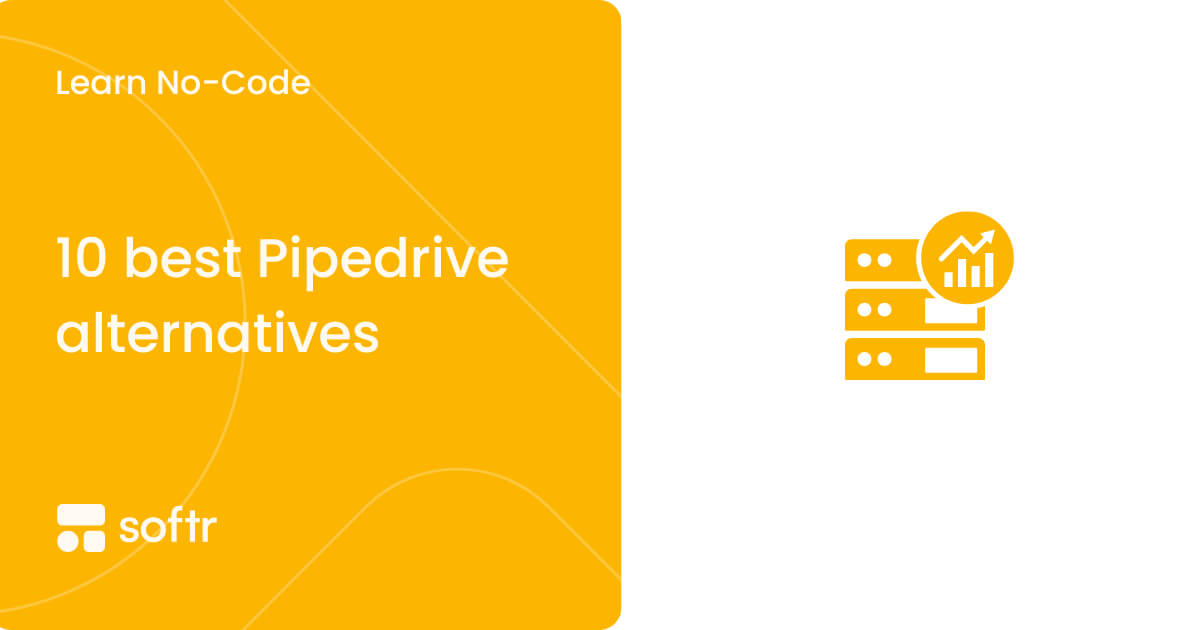7 best online workspace solutions for seamless collaboration

While remote and hybrid working environments give employees all kinds of perks and freedoms, they can also have drawbacks like strained collaboration and poor workflow management.
Online workspaces improve teamwork and optimize operations by automating repetitive tasks, enabling secure file sharing, and providing a central hub for tasks and communications.
The only thing that’s left now is finding the perfect platform for your team. But researching all the different options and comparing tools can get overwhelming quickly.
In this article, you’ll find the steps you can take to make this process easier, along with 7 of the best online workspace tools out there so you can easily streamline task management and supercharge team collaboration.
What is an online workspace?
An online workspace is a virtual environment that lets companies create a centralized platform to connect with their employees and collaborate with their clients in real-time.
Online workspaces
- Optimize business operations like file-sharing, video-conferencing, and task management
- Help create an effective support line with the customer
- Enable remote and hybrid work hybrid work
- Allow team members to collaborate better and communicate efficiently
How do I create an online workspace?
To create an optimized and secure online workspace, you first need to establish what exactly you’re looking for. Is it going to be a mainly private or public workspace? Are you a fast-growing startup that’s looking for a highly scalable platform? Is offering a wide range of integrations a must-have?
There are many online project management tools out there that offer cost-effective and user-friendly solutions to building your portal. Platforms like Softr offer feature-rich templates you can easily duplicate and tailor to your business needs. While other solutions offer more design flexibility and require some tech know-how.
Let’s go over some of the most important steps to creating your portal so you can narrow down your requirements easier.

Start with goal-setting
The first step is to set the needs of your company and get really clear on your goals and requirements. This could be to enhance team communication and collaboration or make document management more straightforward.
Then, clearly prioritize those goals. If optimized communication is a number one priority for you, choosing a tool that’s best suited to project management, like Monday.com, isn’t the right move.
Pro tip: divide your goals into three categories:
- Urgent and important,
- Non-urgent but important,
- Non-urgent and unimportant.
The perfect tool needs to completely meet the first category of goals, which are urgent and important, because these are the highest priority. Then it should fulfill most of your non-urgent but important goals, if not all of them.
Lastly, if the tool meets any of the third category, non-urgent and unimportant goals, then great! If not, it’s not really a deciding factor.
1. Urgent and important
All of these goals need to be met by your perfect tool. Your primary goals could be to
- Keep internal data secure. ✅
- Not depend on an engineering team or outside developers. ✅
- Have all team communications and files kept in the same place. ✅
2. Non-urgent but important
These goals are intertwined with your business so, while not urgent, the perfect tool should help you achieve almost all of them. For example, some non-urgent but important goals could be to
- Find a solution that fits within the allocated budget.✅
- Build an online workspace that’s customized to company needs. ✅
- Collaborate more effectively with the team. ✅
- Have context-based conversation threads. ❌
3. Non-urgent and unimportant
These goals are more “nice-to-have”s and aren’t very pressing. They could include having:
- Design flexibility. ✅
- A robust API. ✅
- Custom branding. ❌
Define the needs of your team
Define and document the gaps in your team’s current workflow and choose the perfect collaboration tool based on how well it fills those gaps.
Your team’s most important needs can be
- Granting secure access permissions
- Implementing real-time tracking of content changes
- Improving teamwork and collaboration
- Enhancing communication
- Sharing files securely
- Optimizing project management and task tracking
Pinpointing and defining these needs is a huge leap toward creating an online workspace.
Make a list of your “must-have” features
Your next step is to define your must-have features and create a list that’ll guide you through the tool comparison process and keep you focused.
Here are some of the main features you should look for:
- A user dashboard or member directory to optimize communication
- Scheduling features (such as calendars)
- Reporting tools (like charts)
- Ability to access the platform from any device and location
- Document management capabilities, similar to an approval software, to make accessing the latest files, maintaining original files, and creating real-time feedback easier.
- Project management features to help set up reminders, team messaging, and instant task delegation
- Native integrations
- A robust API that lets you integrate with other apps
- Granular access permissions roles so team members only see what’s relevant to them
Pro tip: online workspaces are very similar to membership-only communities in that users should only have access to the areas relevant to them. By adding access permissions, you’ll avoid information-overload for your team and help them stay focused.

Create custom user groups and define granular permissions to dictate what each type of user can view, update, delete.
Choose the right software
The last step is to actually hunker down and choose the right software for your business. The perfect tool
- Supports your team in meeting company goals.
- Fills in workflow gaps.
- Aligns with your needs.
- Offers your must-have features.
Let’s look at a remote tech startup as an example. One of the main goals of a remote team is to communicate efficiently. A workflow gap for them could be that they address issues through email or platforms like Slack, so their communications often lack useful context.
For this team, a must-have feature is in-platform chat capabilities. This way, they can tag their team members directly in a document, for example, and solve issues more quickly. This not only improves collaboration but seamless communication also reduces employee stress at the workplace.
7 Best online workspaces
Let’s take a look at seven of the best online workspace builders and platforms out there, along with their pricing, common use cases, and features.
1. Softr
Softr is an all-round no-code web development solution that allows users to turn their Airtable or Google Sheets data into powerful membership websites, web apps, marketplaces, and client portals.
Softr doesn’t provide a ready-made online workspace. Instead, it gives you the freedom to fully customize your own platform, without needing to know how to code, or spending weeks conquering a steep learning curve.
You can choose between more than 30 ready-made templates, or start from scratch. Then, you can
1. Edit user group names and conditions
2. Adjust the typography and colors
3. Move and adjust the placement of pages
4. Connect your marketplace to Airtable
5. Adjust list block settings
6. Review sign-in and sign-up pages
7. Publish your online workspace!
As you scale, Softr gives you the ability to build additional tools, like websites, client portals, and other web apps, that can support your business.

Pricing: free plan, then starts at $49/month
Features:
- Server-side authentication for enterprise-level data encryption
- 30+ dynamic list layouts
- 100+ pre-built blocks
- Native Airtable and Google Sheets integration
- Custom form builder
- Zapier and Integromat integration
- Chat integrations
- Dynamic search and filtering capabilities
- User-groups and granular permissions
Best for:
- Creators
- Entrepreneurs
- Small businesses
- Tech SME
- Non-tech SMB
2. Dropbox
Dropbox is a cloud storage service that allows users to securely store all of their files and documents in one location available across all platforms.
This software boasts the capabilities of moving and storing any file such as Office files, Google Docs, Slides, and Sheets and being able to transport those files instantly, even to people without a Dropbox account.
However, if one of your main goals is to facilitate better communication, Dropbox might not be for you since it lacks a built-in chat function.

The main features involve facilitating easier task management, tracking content changes, and integrating files or tasks with other apps such as Trello, Canva, and Slack.
Pricing: free plan with 2GB of storage. Business plans start at $19.99/month
Features:
- Cloud file storage and backup
- File sharing and large file transfer
- Document collaboration and editing
- Desktop and mobile app
- Password sync and storage
- Integration with tools like Slack, Canva, and Zoom
- HelloSign e-signature function
Best for:
- SMEs
- Large enterprises
- Universities and educational institutions
3. Trello
Trello is a project management tool that simplifies processes and collaboration through customizable cards, boards, and calendars that provide updated information at a glance.
This helps your team consistently share information throughout projects, maximizing time efficiency for task management, balancing due dates, and schedule changes.
For example, if your team’s working on creating social media content, you can break down the workflow into “To do,” “Designed,” “Copy Added,” “Scheduled,” and “Posted.”

Pricing: free, then starts at $5/month
Features:
- Calendar view
- Integration with other services
- Pre-filled automation commands
- Task progress tracking
- Data import/export
- Content management
Best for:
- Individuals
- Small teams
4. Monday.com
Monday.com is a project management solution that’s great for hybrid and remote teams that rely heavily on communications. This tool reduces unnecessary manual tasks by providing a singular solution to reports, emails, and CRM.
If you’re looking to create a better atmosphere of teamwork and connect your different teams across a singular working environment, Monday.com might be right for you.
Pro tip: this platform is extremely helpful for companies or businesses that work with a lot of freelancers or contractors, and need help keeping track of various due dates.

Pricing: free, then starts at $8/month
Features:
- Complex task management capabilities
- 24/7 customer support
- In-platform chat
- Various automations
- Activity dashboard and news feed
Best for:
- Larger teams with complex workflows
- SMEs
- Large enterprises
5. ClickUp
ClickUp is a project management and productivity tool that categorizes any size project into task-based systems. Tasks are scheduled through a shared dashboard, where team members can collaborate through knowledge sharing and tagging each other in relevant areas.
Click-up also allows users to see task progress and completion in real-time. It then alerts users through notifications, if and when their team member has completed their assignment, so they can get started on their own.

Pricing: free, then starts at $5 per member /month
Features:
- 15+ available views including Gantt charts
- Subtasks for further organization
- Custom statuses
- Email automation capabilities
- Task and reminder creation from comments
- Whiteboard function for visual collaboration
Best for:
- Entrepreneurs
- Tech SMEs
- Marketing and advertising industries
6. Clinked
Clinked is a white-label collaboration software and client portal. The software offers all the “must-have” key features of collaboration tools, while allowing users to develop and customize their own personal mobile app.
Clinked is aimed toward growing businesses, as it becomes non-negotiable for them not to create a virtual space for their team. The platform can help you tailor that virtual space directly to the business’ style and needs.

Pricing: starting at $99/month for 100 users
Features:
- Access control and granular permissions
- Customizable branding
- Real-time chat capabilities
- File sharing and document management
- Task tracking and scheduling
Best for:
- Fast-growing businesses
- SMEs
- Large enterprises
7. Chanty
Chanty is a collaboration system that focuses primarily on increasing communication in the workspace. Team members can connect through video calls and AI-integrated chat that uses predictive text to improve responses.
Particularly useful for smaller teams, this platform offers users unlimited, and searchable, message history across devices. So don’t worry about looking for a particular meeting recording someone sent two months ago, it’s not lost to the void.

Pricing: free, then starts at $4 per user/month
Features:
- Audio calls and video conferencing
- Team hub
- File storage
- Mobile access
- Real-time chat capabilities
Best for:
- SMB
- SME
- Teams focused on improving async communication
Online workspaces, a necessity for modern businesses
Online workspaces are the perfect solution for remote and hybrid teams who are looking to automate repetitive tasks, improve collaboration and communication, and optimize operations.
If you’re looking for an online workspace, you should
- Start by goal setting
- Define your team’s needs and workflow gaps
- Make a list of your must-have features
These steps will help you focus and find the perfect tools much easier, because different tools are designed with different goals in mind. For example, Dropbox is perfect for file storage, while Chanty is great for communication, and Monday.com is best suited for teams who manage many projects simultaneously.
However, if you’re looking for an internal tool you can fully customize to meet your specific needs, then ready-made platforms aren’t the way to go. Softr is a fully-fledged application builder that helps you turn your Airtable data into powerful online working environments and a variety of other web apps. All without code and zero learning curve.
With Softr, you can create a working environment where collaboration is at the forefront of your operations. But you also have the freedom to build other solutions like websites, client portals, and membership communities to support your business as you grow.
Frequently asked questions about online workspaces
What are the advantages of online workspaces?
The advantages of online workspaces include:
1. More efficient task management systems
2. Better file storage
3. Lack of geographical limits
4. Higher organization
What are the disadvantages of online workspaces?
The disadvantages of online workspaces can be directly linked to the contrast of office workspaces. Virtual spaces are an excellent means of communication, however, in-person communication is of course the best means of dealing with your clientele and developing an atmosphere for your employees in a physical working environment.
What are some examples of online workspaces?
Some examples of online workspaces include:
1. Monday.com
2. Asana
3. Chanty
4. Clickup
5. Trello
6. Basecam








